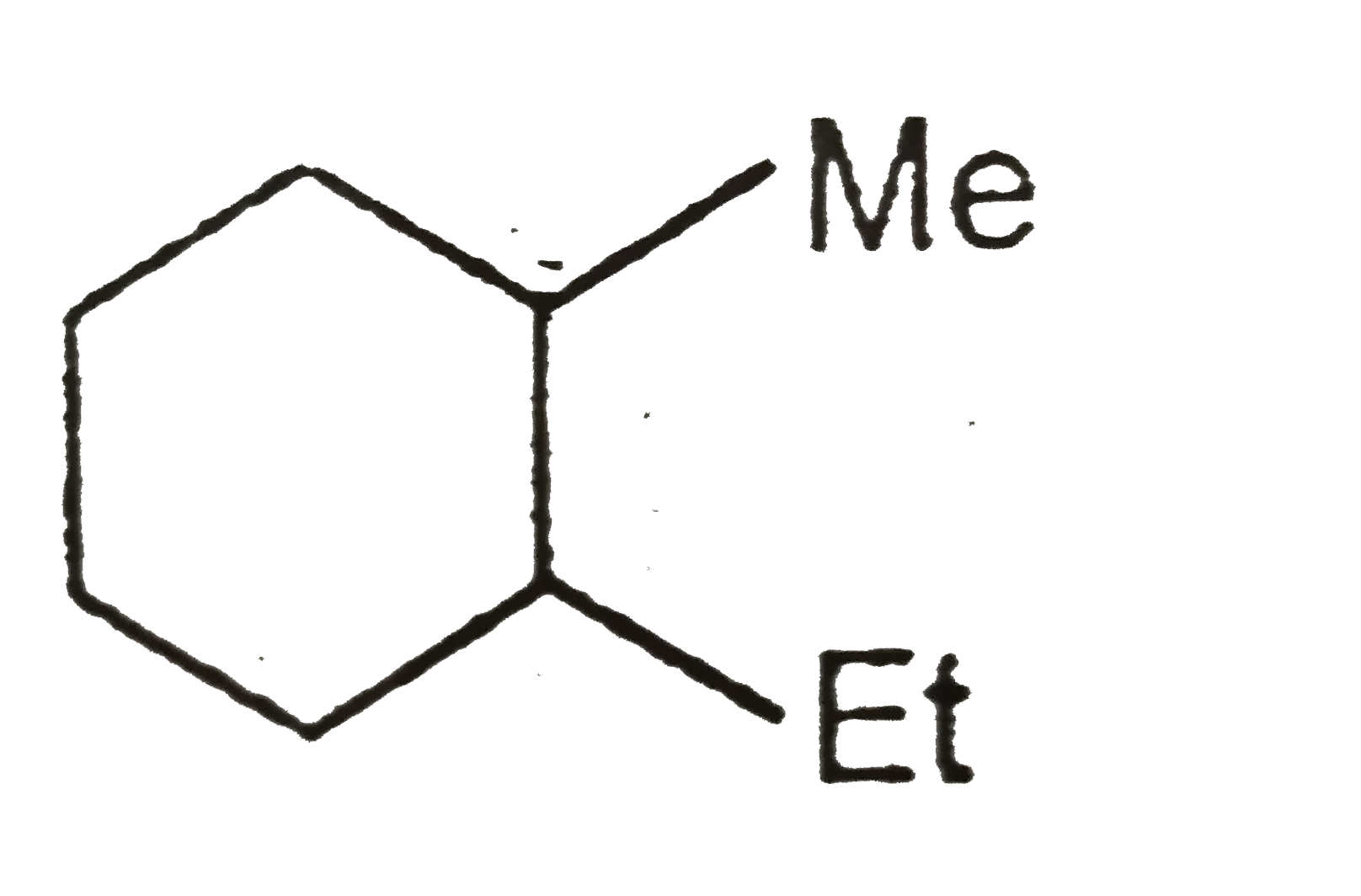For the given complex [CoCl2(en)(N3)2]+, the number of geometrical iosmers, the number of optical isomers and total number of isomers of all type possible respectively are
2,2,4
2,2,3
2,0,2
0,2,2
The correct Answer is:B
Step by step video, text & image solution for For the given complex [CoCl_(2)(en)(N_(3))_(2)]^(+), the number of geometrical iosmers, the number of optical isomers and total number of isomers of all type possible respectively are by Chemistry experts to help you in doubts & scoring excellent marks in Class 12 exams.
Updated on:21/07/2023Topper's Solved these Questions
- CHEMISTRY AT A GLANCEBook:ALLENChapter:CHEMISTRY AT A GLANCEExercise:ORGANIC CHEMISTRY
Explore 483 Videos
- CHEMISTRY AT A GLANCEBook:ALLENChapter:CHEMISTRY AT A GLANCEExercise:ORGANIC CHEMISTRY
Explore 483 Videos
- Chemical EquilibriumBook:ALLENChapter:Chemical EquilibriumExercise:All Questions
Explore 24 Videos
- ELECTROCHEMISTRYBook:ALLENChapter:ELECTROCHEMISTRYExercise:EXERCISE -05 [B]
Explore 38 Videos
Similar Questions
Knowledge Check
For the given complex [CoCl2(en)(NH3)2]+, the number of geometrical isomers, the number of optical isomers and total number of isomers of all type possible respectively are
A2, 2 and 4B2, 2 and 3C2, 0 and 2D0, 2 and 2For the given complex [CoCl2(en)(NH3)2]+, the number of geometrical isomers, the number of optical isomers and total number of isomers of all type possible respectively are
A3,2 and 4B2,2 and 3C2,0 and 2D0,2 and 2The number of geometrical isomers and optical isomers of [Pt(NH3)(Br)(Cl)(Py)] are respectively.
A2, 0B3, 2C3, 0D2, 2
Total number of geometrical isomers possible for

View SolutionTotal number of geometrical isomers in the given compound are

View SolutionTotal number of geometrical isomers in the given compound are :

View SolutionConsider the complex [Pt(S5)3]2−. If x, y and z are the number of chelates, number of optically active isomers and number of geometrical iosmers respectively, find the value of (x+y+z):
View SolutionThe number of geometrical isomers and optical isomers of [Pt(NH3)(Br)(Cl)(Py)] are respectively.
View Solution



